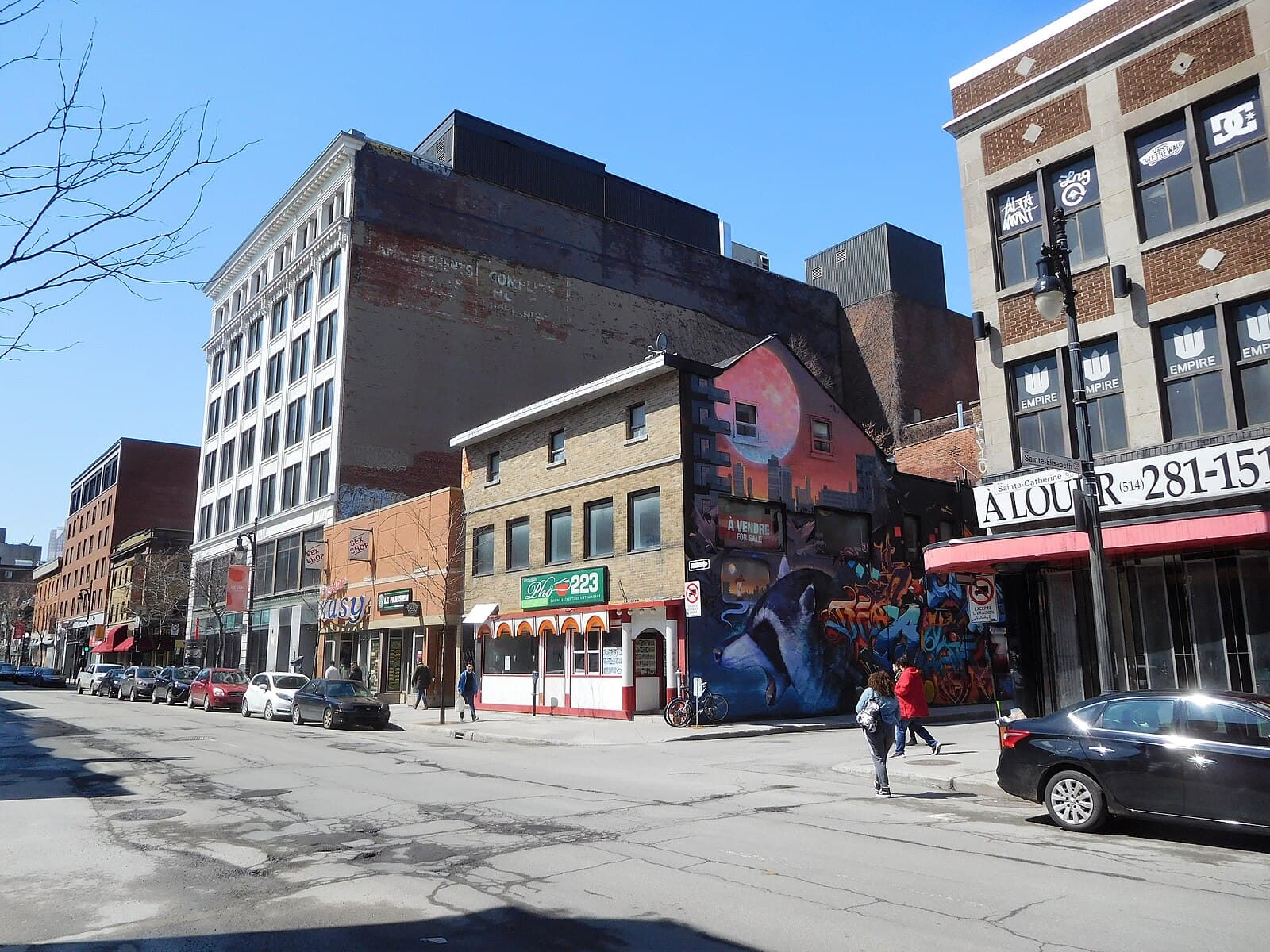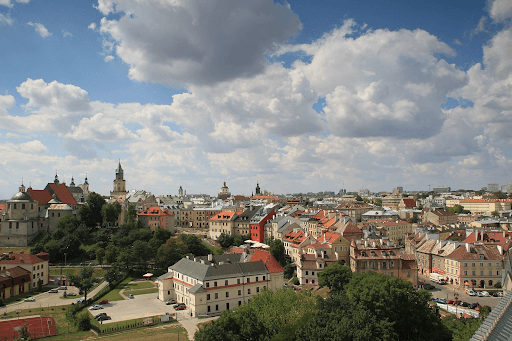Beau is Afraid is writer-director Ari Aster’s third film and arguably his greatest work to date. The film differs greatly from his first two features, the horror films Midsommar and Hereditary, and unlike them, avoids easy categorization. One throughline across Aster’s works is his emphasis on complicated family dynamics, and despite its dramatic differences, Beau is Afraid continues to explore this theme. Shot on the island of Montreal, the film follows the titular Beau (Joaquin Phoenix), an anxious, mild-mannered, middle-aged Jewish man forced to go visit his mother (Patti Lupone). The absurdist odyssey explores and challenges key themes and tropes in Jewish cinema, most overtly those of the unobserved outsider and the caricature of the Jewish mother on film. Through these explorations, Aster challenges the very essence of Jewish film and forces an expansion past it.
Early in the movie Beau runs into the street naked and is hit by a car. Upon waking up from a brief coma, Beau is welcomed into the house of a wealthy white couple, Grace (Amy Ryan) and Roger (Nathan Lane), who nurse him back to health. However, following the death of the couple’s daughter, they label Beau an outsider in the house. This reflects a common theme in Jewish cinema, and more broadly Jewish existence: being the internal outsider. Beau, like many Jewish people in North America, is white and thus can find welcome in the white power structure that defines Western society. This acceptance is shown to have its limits. When Beau is recognized as an outsider, he ceases to be welcome in white society. Grace, upon her discovery of her daughter’s passing, yells at Beau, “I see you now!” and proceeds to remove Beau from a milieu he is no longer welcome in. This recognition of outsidership is a classic trope in Jewish film; one only needs to think of Alvy Singer at Annie’s family dinner table in Annie Hall. Beau is Afraid’s theatrics highlight the motif via abundant absurdity.
Beau’s relationship with his mother further evidences the film’s heightening of Jewish cinematic ideas. This relationship drives the entire film, from Beau’s journey to visit his mother to, after her death, his need to attend her shiva. Patti Lupone’s Matka can be seen as the ultimate cinematic Jewish mother. Lupone’s character exemplifies the understanding of the Jewish mother perpetuated by Jewish and non-Jewish cinema alike as a figure synonymous with “overbearing”. Aster turns this caricature up to eleven; Beau’s mother spies on him, fakes her own death, and blames him for everything. The film, by showing these tropes at their most absurd, crafts an entertaining character and at the same time problematizes it. The portrayal of Jewish mothers in cinema is steeped in misogyny and restricts Jewish women to a narrow existence on screen. Lupone’s farcical filmic motherhood attacks the issue at the heart of the cultural characterization of the Jewish mother. Though the film’s critique is imperfect, Aster’s heightening of Jewish stock traits forces them to be addressed; they cannot simply be accepted.
Beau is Afraid compels the audience to consider what Jewish cinema currently is—as well as its shortcomings. Aster uses classic tropes to place his film in the long lineage of Jewish cinema and, by rendering those tropes absurd, criticizes their limited scope. Its absurdist ridicule of the historic tropes of this cinema make it so that any film that follows in its footsteps will struggle to rely on these old staples of the medium. Beau is Afraid might, therefore, be the last Jewish movie of its kind and a truly revolutionary work of Judaic art.
Powered by Froala Editor






-3ZGJhiZHGXhQOKyTd244n742gtmbYe.png&w=640&q=75)